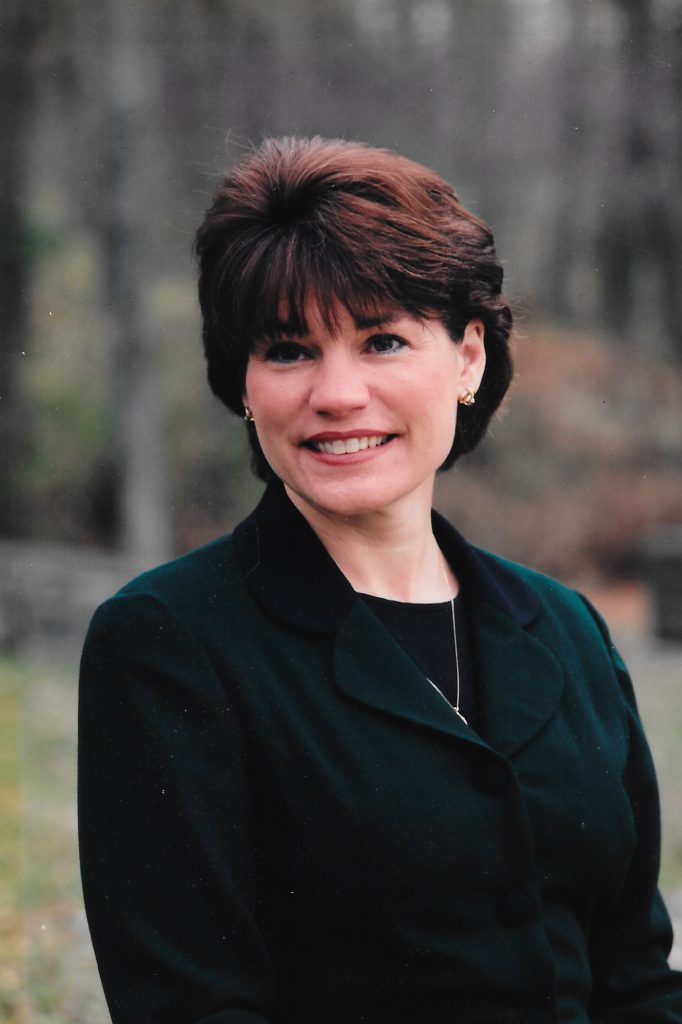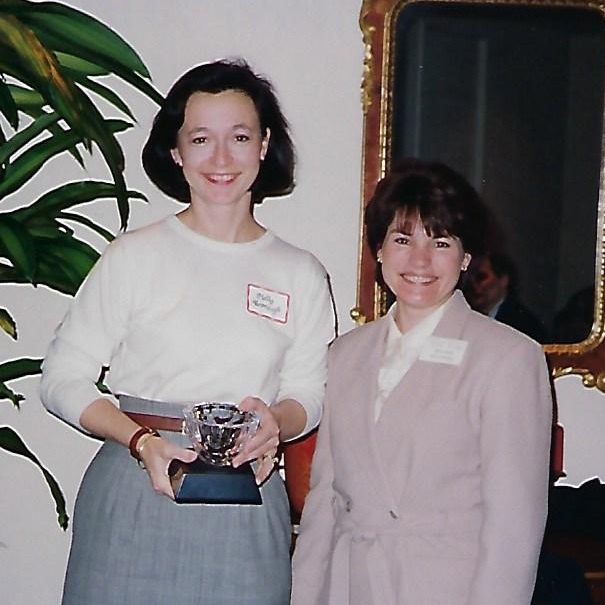 Teachers love talking with children. It’s why many go into education in the first place. But when a visibly upset child whispers, “I need to talk to you about something,” everything changes.
Teachers love talking with children. It’s why many go into education in the first place. But when a visibly upset child whispers, “I need to talk to you about something,” everything changes.
Sixth-grade teacher Beth O’Shea found herself in that uncomfortable position three decades ago. Her class had been reading a story about a teenage runaway, and discussing what to do if they wanted to run away, or had a friend who was thinking about such a drastic move.
Three girls came to her following that discussion. One by one, they related a story about a relative who had been molesting them. The girls had told their story, and been subjected to a horrendous cycle of medical exams, police interrogations and being called tattletales by angry relatives. One finished by saying, “I wish I’d never told.”
“That was the clincher for me,” O’Shea says. “That’s when I knew this was an important issue that should be dealt with.”
Tackling a tough subject effectively
As chairman of the Junior League of Nashville’s community research committee, she had the ear of a very active group of women. She worked with a team from Nashville General Hospital, as well as physicians from Vanderbilt University Medical Center and staffers from the Metro Public Health Department, to pull together a proposal for a child-oriented space for reporting and dealing with sexual abuse. The grant would be for $40,000 — the largest amount of money the Junior League had ever considered giving away, and both the donation size and the subject matter at hand raised eyebrows.
“This was going to fund the purpose of a pediatric colposcope (a machine that photographs noninvasively), a part-time nurse practitioner and, if possible, a part-time social worker,” O’Shea recalls. “We presented a super-strong case that highlighted this urgent need, and it’s the same case we make now: one in four girls and one in seven boys is sexually abused by age 18.”
Building a safe space from scratch
 At the time in 1987, nobody was talking about child sexual abuse, let alone creating a safe space for children to disclose it and begin the road to healing. Even within the Junior League there were some who were put off by the numbers, so O’Shea and her team told stories so they could humanize the victims and get people invested in the outcome.
At the time in 1987, nobody was talking about child sexual abuse, let alone creating a safe space for children to disclose it and begin the road to healing. Even within the Junior League there were some who were put off by the numbers, so O’Shea and her team told stories so they could humanize the victims and get people invested in the outcome.
“When you’ve got a room full of women and say, ‘If there are four of you in a row, that means one of you is probably someone who has been sexually abused,’ that gets their attention,” she says. “I talked about the students who disclosed their abuse to me. Because the Tennessee State Legislature had passed a law in 1985 that required the reporting of suspected child sexual abuse by classroom teachers, I’d had some training. We talked about why teens run away, and abuse is one major reason. I told stories and shepherded the proposal through.”
Those funds led to what she and the original staff and physicians lovingly called “The Clinic in the Closet” at Metro General. Small as it was, they held a ribbon-cutting and Edna Jones, a Metro-paid part-time social worker started working alongside Anita Davis, a grant writer at the public health department who became Our Kids’ first program director. Finally, children in crisis had a place to go that was just for them.

“When children came to the hospital, they were usually referred out to their own pediatrician,” O’Shea says. “Nobody was trained. They’d be sent to Metro General for a rape kit. They had to tell, and retell, their story. The idea of having a one-stop-fits-all place really captured a lot of imaginations.”
Then the paperwork began. A board of director was formed, as well as an advisory board, which pulled in representatives from Music Row to UPS. Fundraising ensued. Then-Mayor Phil Bredesen was an early supporter, and helped cut through the red tape that threatened to envelop the budding public-private partnership that was evolving into Our Kids.
“We were going to be an entity of Vanderbilt, Metro General, the health department and the Junior League,” O’Shea says. “We went to many government board meetings. We worked on getting more volunteers. We eventually found Sue Fort White, we found social workers, we developed a core group of people and just carried on.”
From a child, to a child
The red logo that is now so well known as the symbol of Our Kids came about thanks to board member Mark McNeely of McNeely, Piggott & Fox. He was coloring and talking with his own child one night, and their conversation about creating a safe place for children led to a drawing that sums up Our Kids’ mission. Media coverage began to happen. O’Shea served as the board’s first vice-president under Molly Bronaugh, whose presidential term she completed after Bronaugh had to step down due to pregnancy complications. She then served a full term of her own during a period where the mission could have been derailed at any time.
“Ruth Ann Harnisch, a former Channel 5 newscaster, was working with us and said, ‘If you’re going to ask a child to tell, someone has to be there to listen,’” O’Shea says. “We had social workers, and they were dealing with children asking if they had AIDS. They had their hands full just coping with the stories. It was the 1980s. We had to deal with so many things, and all the while our mission was expanding to include evidence-gathering so we could prove or disprove suspected abuse. There are two sides to every story, so people liked that we were using appropriately gathered legal evidence, so that the child only had to tell their story once.”
Eventually the Metro General space became woefully inadequate, and so space was rented at the corner of Hayes Street and 19th Avenue North near downtown. Further growth and funding from Maxine and George Bivins allowed the purchase of that building, and then an adjacent site where Our Kids remains today. Volunteers have remained committed, donors have remained on board, mayors have remained supportive. And in 30 years, Our Kids has served more than 24,000 children, and helped child sexual abuse move out of the shadows.
“We have provided a safe space for them to tell their stories, and a place where they can come for an exam,” O’Shea says. “We have created a fun environment, because what we’re doing is not. We are the number that teacher calls asking how they can get a child and family in to see the nurse practitioner and case worker.
“At Metro General, it took courage for a child just to walk down the hall, past manacled prisoners over from the jail, before even getting to tell their story. We made a better environment. We are where that child is listened to, and believed.”
Written by Joe Morris. Content services provided by Parthenon Publishing.

